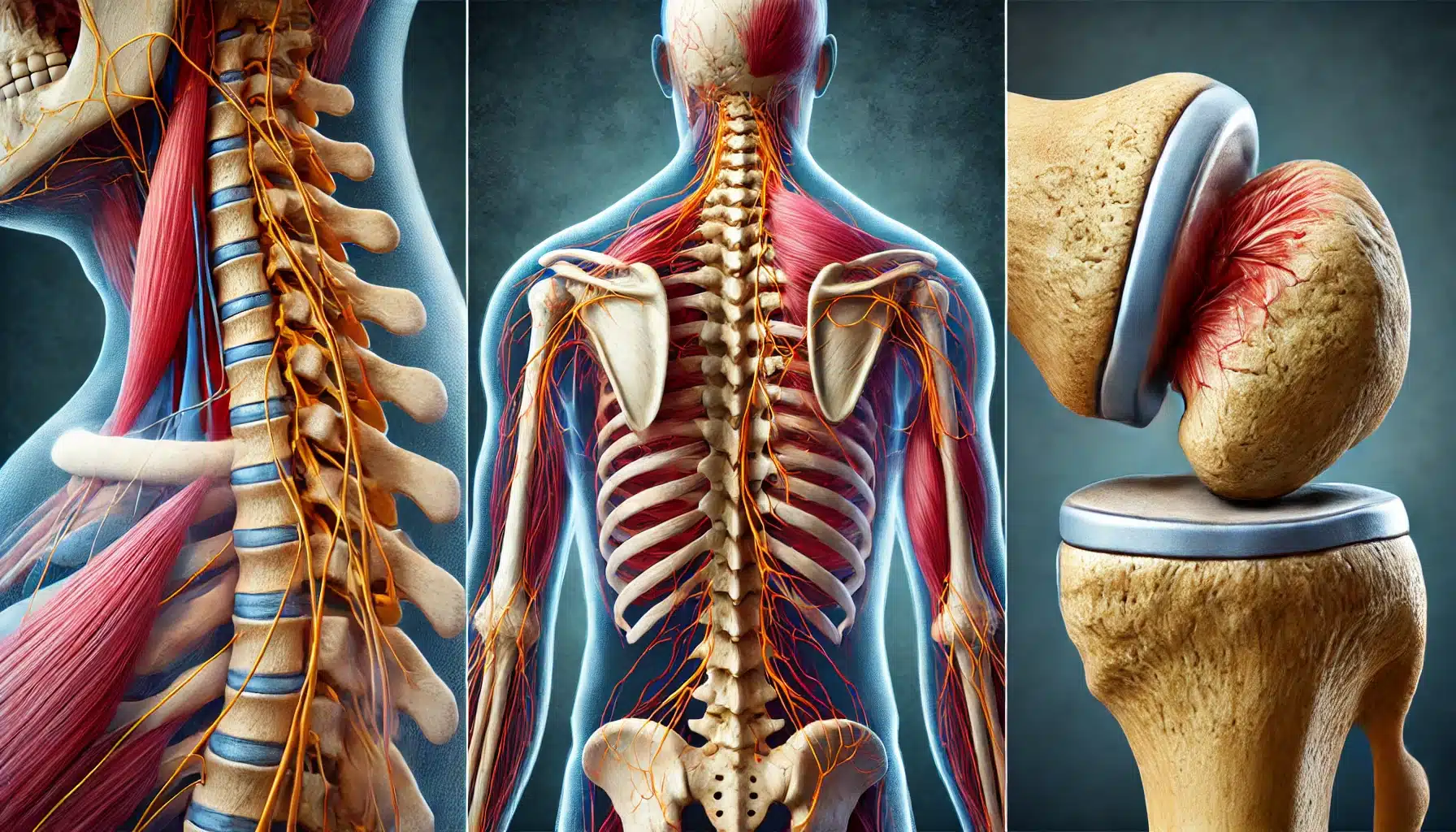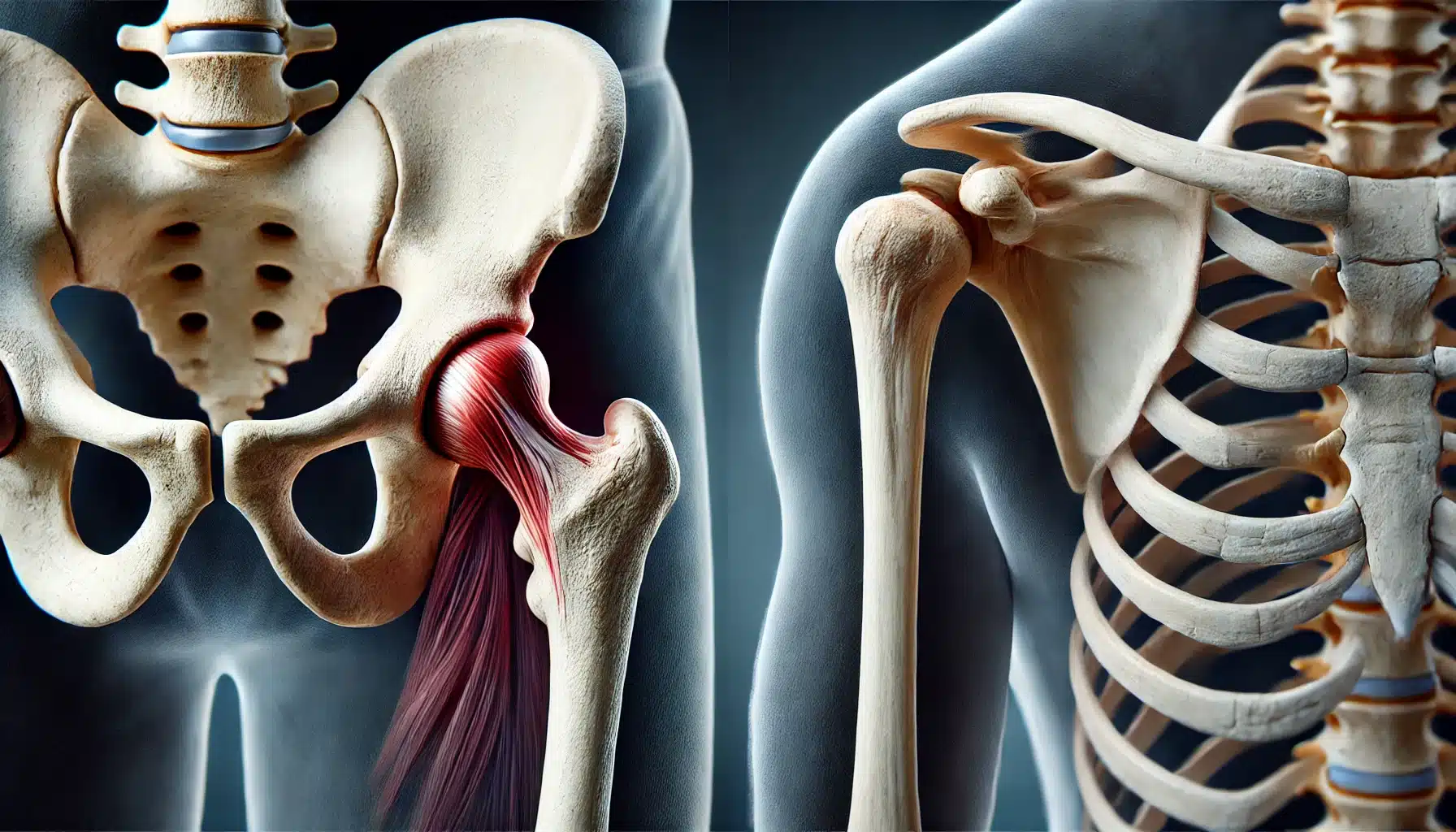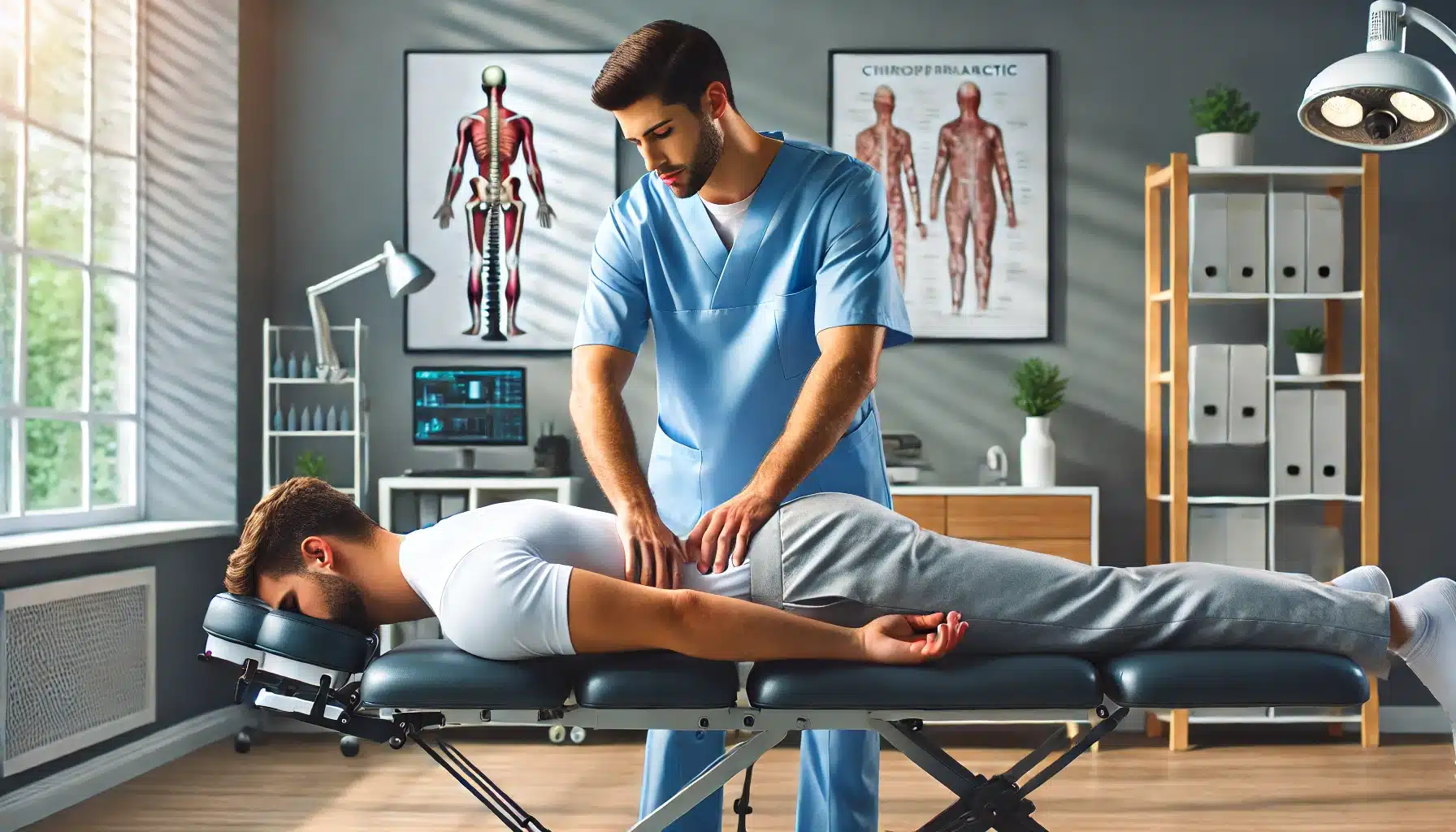Answered: What Are Subluxations?

Joint pain and restricted movement can be signs of a subluxation, a partial dislocation in which bones shift out of their normal position. Many people experience these misalignments in the spine, shoulders, or knees without realizing they are the source of their discomfort.
The severity of symptoms varies, ranging from mild aches to debilitating pain that interferes with daily life. Research suggests that up to 80% of adults experience vertebral subluxations at some point, which can put pressure on nerves and lead to chronic pain, muscle weakness, and limited mobility.
This guide explores subluxations, their causes, and the best treatment options. Recognizing the signs early can help prevent long-term joint damage and improve overall function.
Key Takeaways
- Subluxations occur when bones move slightly out of their normal position, affecting up to 80% of adults at some point.
- Common types include vertebral (spinal), shoulder, and patellar (kneecap) subluxations, often caused by injury, poor posture, or repetitive movement.
- Symptoms range from pain and muscle weakness to nerve problems and restricted movement.
- Treatment includes chiropractic adjustments, physical therapy, and specific exercises to restore alignment.
- Prevention strategies include proper posture, stretching, strength training, and maintaining a healthy weight to protect joints.
What Is a Subluxation?
A subluxation is a partial dislocation where bones shift slightly out of place within a joint. Unlike a full dislocation, the bones don’t completely separate, but even a small misalignment can lead to significant discomfort and mobility issues.
Subluxations are particularly concerning in the spine, where they can compress nerves and interfere with communication between the brain and body.
“Subluxations represent a critical disruption in the body’s natural alignment, affecting both structure and function.”
– American Chiropractic Association

Common Types of Subluxations
Subluxations can occur in various joints, but some areas are more susceptible than others:
1. Vertebral Subluxation (Spinal Misalignment)
A vertebral subluxation happens when the bones of the spine shift out of alignment, often due to trauma, repetitive strain, or poor posture. This can compress spinal nerves, leading to back pain, reduced mobility, and even dysfunction in other body systems.
Common symptoms include:
- Localized back or neck pain
- Numbness or tingling in the arms or legs
- Stiffness and reduced flexibility
- Headaches and poor posture
Chiropractic care is a common treatment for spinal subluxations, as adjustments help realign vertebrae and restore nerve function.
2. Shoulder Subluxation
A shoulder subluxation occurs when the humerus (upper arm bone) partially slips out of the shoulder socket, causing instability and pain. This often results from sports injuries, repetitive overhead motions, or ligament weakness.
Symptoms include:
- Sharp pain when moving the arm
- Shoulder instability and weakness
- Clicking or popping sensations
Treatment often involves physical therapy, strength training, and in severe cases, bracing or surgery to stabilize the joint.
3. Patellar Subluxation (Kneecap Misalignment)
Patellar subluxation occurs when the kneecap moves out of its normal groove in the thigh bone, often due to sudden twisting movements or muscle imbalances. Athletes are especially prone to this injury.
Symptoms include:
- Knee pain and instability
- Swelling around the kneecap
- Difficulty straightening the leg
Treatment typically involves physical therapy to strengthen the muscles around the knee, and in severe cases, a brace or surgical intervention may be needed.

Causes of Subluxations
Several factors contribute to joint misalignment:
- Trauma – Sports injuries, falls, and car accidents often push joints out of place.
- Poor Posture – Sitting for long hours or improper spinal alignment increases the risk of vertebral subluxation.
- Repetitive Motion – Repeated stress from activities like golf, tennis, or weightlifting can strain joints over time.
- Medical Conditions – Genetic disorders like Ehlers-Danlos syndrome lead to joint hypermobility and instability.
- Muscle Weakness – Weak muscles fail to support joints properly, making them prone to subluxations.
- Joint Inflammation – Conditions like rheumatoid arthritis can push bones out of alignment.
Symptoms of Subluxations
A subluxation often presents with:
- Sharp or persistent pain near the joint
- Swelling and tenderness
- Limited range of motion
- Nerve-related symptoms like numbness or tingling
- Joint instability, making movements feel unsteady
How Are Subluxations Diagnosed?
Medical professionals use physical exams, X-rays, MRI scans, and CT scans to diagnose subluxations. Chiropractors assess posture and nerve function for spinal misalignments to determine the severity.
Treatment Options for Subluxations
1. Chiropractic Care
Chiropractic adjustments help realign the spine and relieve nerve compression. Studies show that regular spinal adjustments improve mobility and reduce pain in people with vertebral subluxations.
“Correcting spinal misalignments through chiropractic care helps restore nerve function and prevent chronic pain.”
– Dr. Zach Bruley, DC
2. Physical Therapy
Physical therapy focuses on:
- Strengthening muscles to stabilize joints
- Restoring range of motion through guided exercises
- Reducing inflammation with massage, heat, and electrical stimulation
3. Bracing and Supportive Devices
Knee and shoulder subluxations often require bracing or taping to align the joint during healing properly.
4. Surgery (For Severe Cases)
If a joint remains unstable despite conservative treatment, surgical intervention may be necessary to repair damaged ligaments or reposition bones.
How to Prevent Subluxations
To reduce the risk of joint misalignment:
✅ Exercise regularly to strengthen muscles around joints
✅ Maintain good posture to prevent spinal misalignment
✅ Stretch before physical activity to improve flexibility
✅ Use proper lifting techniques to avoid back injuries
✅ Wear supportive footwear to reduce joint strain
Conclusion
Recognizing and treating subluxations early can prevent chronic pain, nerve damage, and long-term joint instability. Addressing subluxations promptly, whether through chiropractic care, physical therapy, or preventive strategies, leads to better mobility and quality of life.
For personalized care, consult a chiropractor or physical therapist to develop a treatment plan tailored to your needs.

About the Author
Dr. Zach Bruley, D.C., is the founder of Advantage Health Center in Eau Claire, WI, and a graduate of Northwestern Health Sciences University. Dedicated to a neurologically based approach, he holds advanced certification in the Torque Release Technique (TRT) and specializes in non-invasive protocols for Neuropathy and Spinal Decompression. Drawing on his background as a competitive athlete, Dr. Bruley established the clinic to provide precise, instrument-based care that supports the body’s natural ability to heal and perform at its peak.



